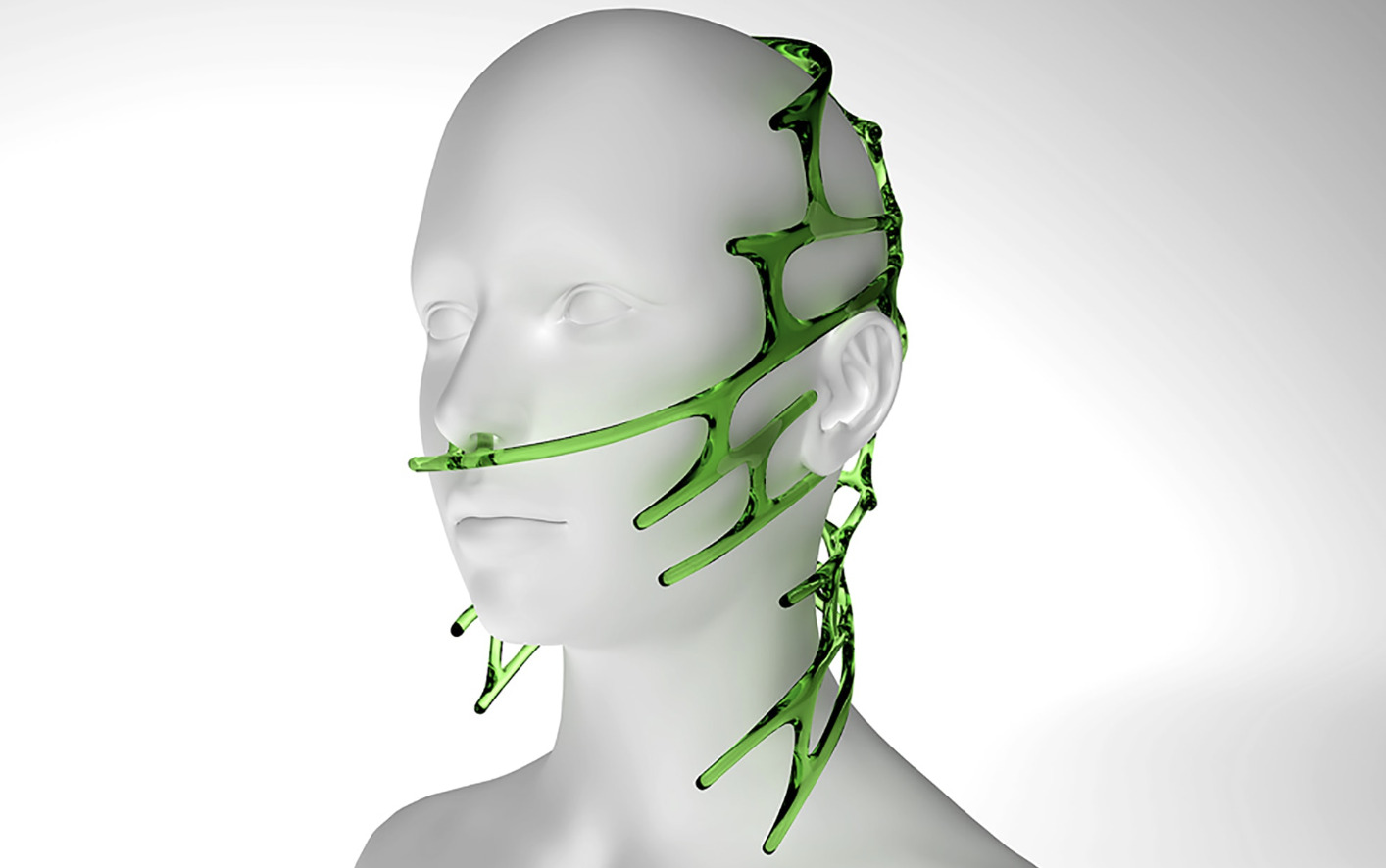Text by CLOT Magazine

Water and water pollution are becoming a central focus of artistic research. There is an exponentially growing number of initiatives, exhibitions and artists reflecting on the impact of human existence on the hydrosphere (the sum of the whole planet’s amount of water). Only last month, Olafur Eliasson installed 20 giant panels of melting ice at the entrance of the Tate Modern in London, a provocative attempt to induce awareness of the melting the planet’s poles are experiencing due to the increase in the global temperatures.
In this new exhibition at ArtLaboratory Berlin, Watery Ecologies. Artistic Research presents three artists pursuing biology, chemistry and ethnography research with distinct DIY methods. Curated by Regine Rapp & Christian de Lutz, the platform’s directors, it aims to bring together diverse approaches to the hydrosphere and explore the foundations of life and the threat of human impact on the environment and our bodies.
The Matter of the Soul by Kat Austen examines the impact of climate change in the Canadian High Arctic through sound composition, sculpture and performance. The artist also has a PhD in Chemistry and combines scientific knowledge, hacked equipment and ethnographic research with a strong aesthetic approach. Crucial to the work is the lived experience of being in a time of melting in the Arctic.
The compositions contain field recordings of acidity and salinity affected by arctic ice melt, using altered pH and conductivity meters, and samples from interviews with visitors to and inhabitants of Baffin Island and Resolute, Canada. The next piece is by Mary Magic, whose work focuses on the presence and effect of endocrine disruptors in water. Not just estrogen from birth control pills, but many pesticides and other chemicals produce estrogen-like chemicals that flow into wetlands and infiltrate drinking water. Magic’s work also questions our cultural notions of gender conformity at a time when our industrial drainage has changed the environment chemically and hormonally for over a century.
And lastly, artist-designer Fara Peluso presenting long-term research, focuses on potential uses for algae as an environmental regulator, the source of sustainable materials, and an aesthetic catalyser of biophilia. She proposes a closer relationship between humans and algae to address our environmental crisis. Her research and practice combine working with biotechnologists and DIY scientists with speculative and critical design to produce many innovative designs and artistic solutions.






